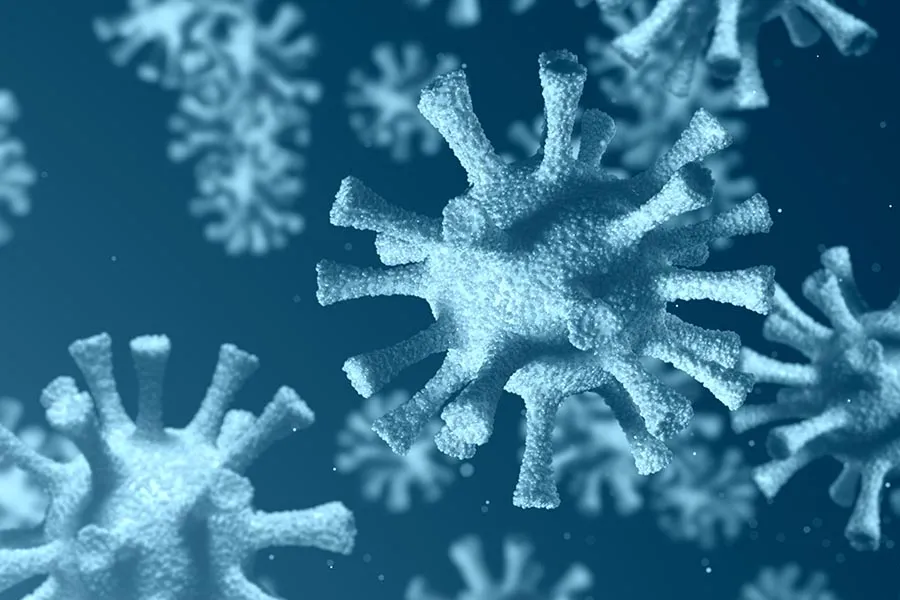Researchers from the School of Engineering and Sciences (EIC) at the Tec have developed a model based on differential equations for estimating the progress of the COVID-19 pandemic in a given population, as well as for evaluating the effectiveness of the social distancing measures implemented to reduce cases of infection.
Mario Moisés Álvarez, a professor from the department of bioengineering and the FEMSA Biotechnology Center, said it was a model that could be solved by using a simple implementation of the “Euler” numerical method in an Excel spreadsheet.
The paper that explains the epidemiological data and procedures the model was based on has already been published by Álvarez and colleagues on the Medrxiv platform and has sparked the interest of other scientists in countries such as the United States, Pakistan, Sudan, Saudi Arabia, and Ethiopia.

“We are undergoing a pandemic whose epicenters are in large cities, which makes a lot of sense, as they are places where very dense populations are concentrated.”
“Starting with that concept, we formulated a very simple mathematical model based on the idea that it could be mass produced and help cities (in any country) to make their own estimates,” said Álvarez, who is also a professor at the Tec’s Monterrey campus.
This researcher explained that the model’s core equation expresses new cases of infection and accumulated cases of infection being proportional to a specific infection rate, multiplied by the population that is infectious at the time, which is weighted for a demographic factor.
The model’s estimates suppose that around 40 percent of the infected population might not display symptoms of the disease caused by the SARS-CoV-2 virus (asymptomatic cases) and although these people might be infectious, they would also form part of a sector of the population that is less susceptible to being infected again.
This hypothesis is based on experience of other recent epidemiological episodes of coronavirus such as SARS and MERS. However, the researcher clarified that there is as yet no conclusive scientific support that guarantees immunity for patients who have recovered from COVID-19.

The equation is weighted for a factor that depends on demographic density. The model should therefore be recalibrated when applying new confinement measures to the population under study so that the predicted trend is adjusted to reported data in order to indirectly determine the effectiveness of the social distancing measures adopted.
Álvarez said that the model has been able to follow the progression of the disease in New York for several weeks, so the power of this research lies in making effective predictions of COVID-19 progress in cities by applying a simple mathematical method that is within everyone’s grasp.
ALSO READ:





